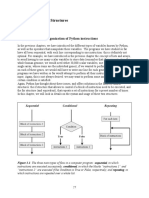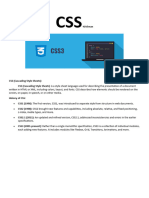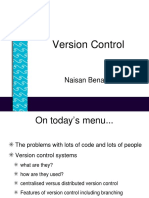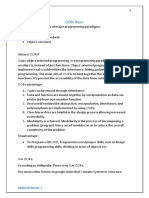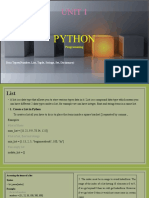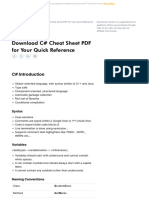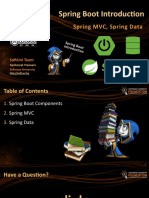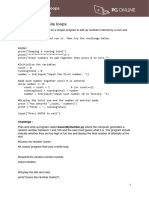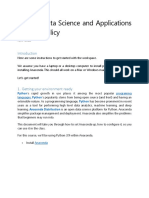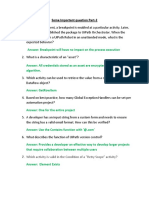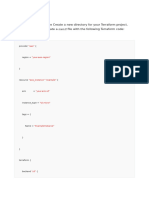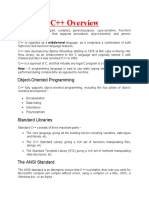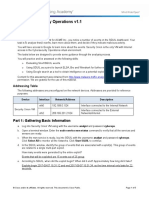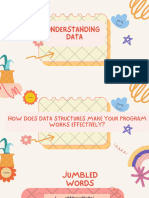0% found this document useful (0 votes)
395 views23 pagesIntroduction to Programming Concepts
This document is an introduction to programming concepts that defines key terms like computer programs, programming languages, and categories of programming languages. It explains that computer programs are lists of instructions that tell computers what to do and are written in programming languages. The main categories of programming languages are machine language, assembly language, and high-level languages. Interpreters immediately execute high-level language statements while compilers translate entire programs before execution. The document emphasizes good programming practices like formatting, commenting code, and naming conventions to write understandable code.
Uploaded by
Vimala VimCopyright
© © All Rights Reserved
We take content rights seriously. If you suspect this is your content, claim it here.
Available Formats
Download as PPTX, PDF, TXT or read online on Scribd
0% found this document useful (0 votes)
395 views23 pagesIntroduction to Programming Concepts
This document is an introduction to programming concepts that defines key terms like computer programs, programming languages, and categories of programming languages. It explains that computer programs are lists of instructions that tell computers what to do and are written in programming languages. The main categories of programming languages are machine language, assembly language, and high-level languages. Interpreters immediately execute high-level language statements while compilers translate entire programs before execution. The document emphasizes good programming practices like formatting, commenting code, and naming conventions to write understandable code.
Uploaded by
Vimala VimCopyright
© © All Rights Reserved
We take content rights seriously. If you suspect this is your content, claim it here.
Available Formats
Download as PPTX, PDF, TXT or read online on Scribd
/ 23





